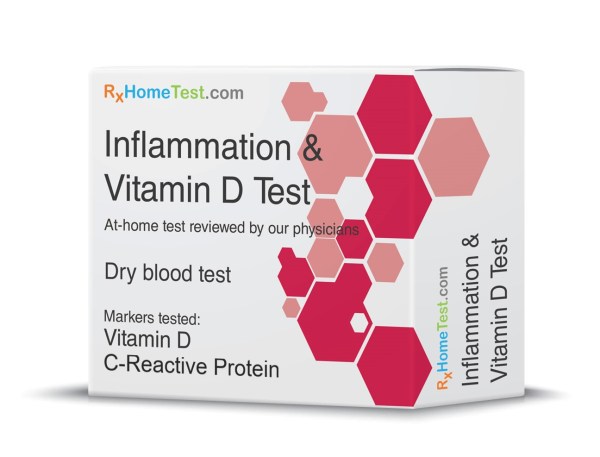
Inflammation reflects wide variety of physiological and pathological processes because it is a response triggered by damage to living tissues.
Inflammatory responses are a defense mechanism that has evolved in our bodies to protect tissues from infection and injury. For instance, consider an injury on your finger due to a cut or splinter—the body automatically responds by launching an attack with white blood cells and chemicals that cause redness and swelling to eradicate the invading bacteria.
The purpose of inflammation is to essentially eliminate threatening agents and to remove them from damaged tissue to allow the body to heal itself [1].
When inflammation occurs, the response stimulates the immune system to recruit white blood cells to the affected tissue site. More specifically, this response creates changes in blood flow and increases the permeability of blood vessels at the site of injury to allow migration of fluids and white blood cells [1].
In the example of a cut finger, the reason blood is quickly flowing to the site of injury is to essentially carry white blood cells to begin the inflammation process and repair the damaged tissue. Some of the chemicals from these white blood cells cause fluid to leak into tissues, resulting in one of the major symptoms of inflammation, which is swelling [1].
Overall, one of the most significant features of inflammation is the accumulation of white blood cells as they help get rid of bacteria and foreign particles while also cleaning up cellular debris caused by the injury.
Inflammation has become a focus of intense research as it is present in a variety of diseases considering that immune cells play a significant role in monitoring and maintaining health [2].
However, the process of inflammation can simultaneously be the cause of many noncommunicable diseases as it can lead to a constant, activated immune system. In some cases, inflammation can actually cause more harm as an inappropriate immune response can give rise to a prolonged and damaging inflammatory response [2].
For instance, atherosclerosis is a type of cardiovascular disease that’s caused by chronic inflammation [3]. This heart disease is characterized by dysfunctional interactions between the immune system and the damage within arteries. The interior walls of the arteries are made of both smooth muscle and endothelial cells, which have indirect contact with the blood.
In a similar fashion to a cut finger, when a lesion or other type of tissue injury within the arteries occurs, the immune system is activated in response to inflammation to recruit white blood cells to begin the healing process. The relationship between immune cells and these cellular components, however, within the arteries drive plaque formation due to a constant inflammatory response.
Extensive inflammation is associated with the severity of atherosclerosis, potentially leading to detrimental cardiovascular events such as a heart attack or stroke [3]. Therefore, the process of inflammation and its interactions with the immune system is considered to be an active driver of atherosclerotic plaque development.
C-reactive protein [2] is an excellent marker of inflammation and can be easily assessed with a simple at-home test. Additionally, certain foods can trigger a negative immune response resulting in mild symptoms that can be checked with a food sensitivity test.

CRP, Inflammation, and Risk of Heart Disease - a comprehensive review of C-reactive protein.
The Most Common Signs of Vitamin D Deficiency - learn the signs to get tested.
Different Types of Vitamin D - learn about the differences between D2, D3, and 25-Hydroxy D.
The Best Ways To Manage Your Vitamin D Levels - tips on managing your levels.
Obesity and the Risk of Heart Disease - how weight impacts heart health.
Cardiovascular Disease and Vitamin D - a comprehensive review of the role Vitamin D plays in heart health.
Genetic Variants of Heart Disease - A detailed look at the critical role genes play in heart diseases.
[1] Inflammation and Heart Disease: https://www.heart.org/en/health-topics/consumer-healthcare/what-is-cardiovascular-disease/inflammation-and-heart-disease.
[2] Casas, J. P., Shah, T., Hingorani, A. D., Danesh, J., & Pepys, M. B. (2008). C-reactive protein and coronary heart disease: A critical review. Journal of Internal Medicine, 264(4), 295-314.
[3] Braunwald, E. (2008). Biomarkers in Heart Failure. New England Journal of Medicine, 358(20), 2148-2159.